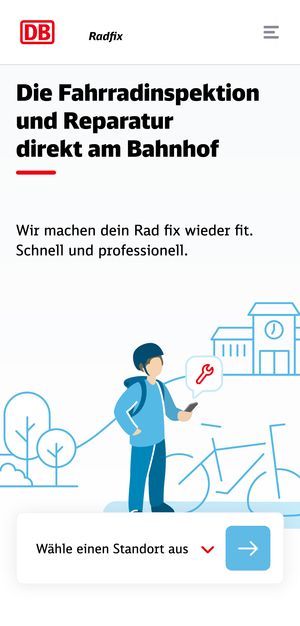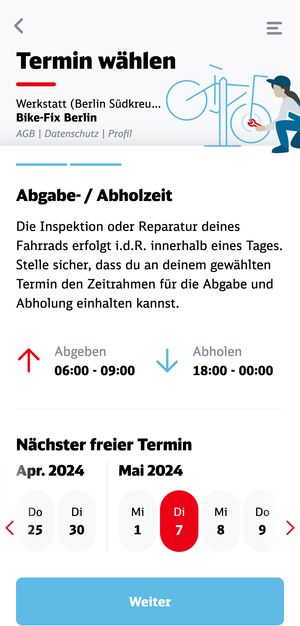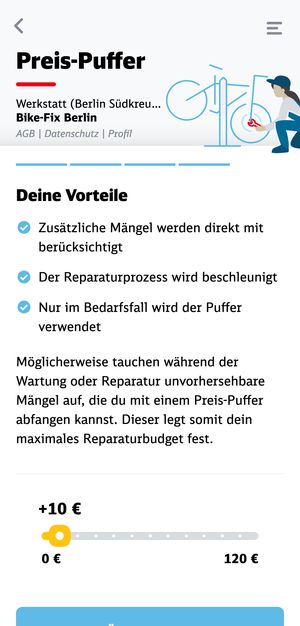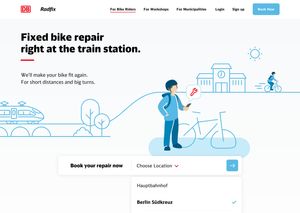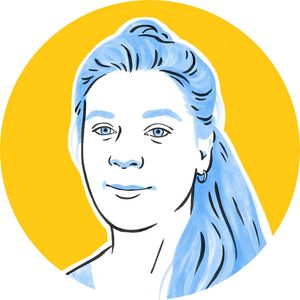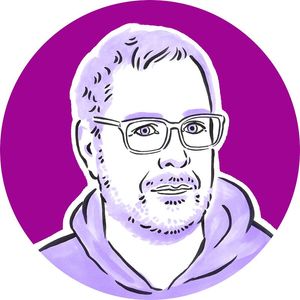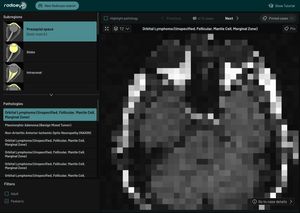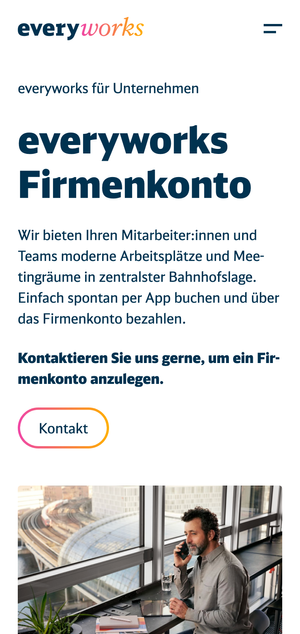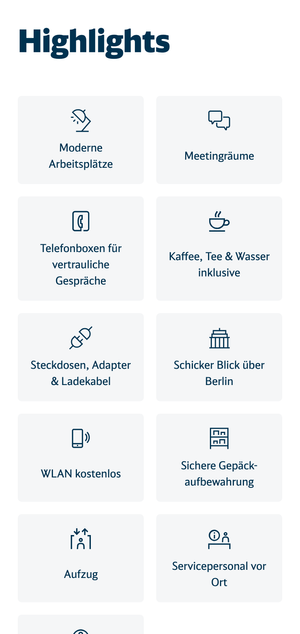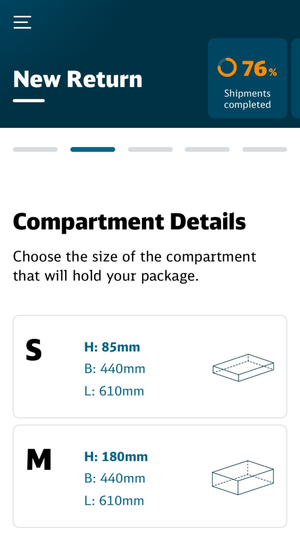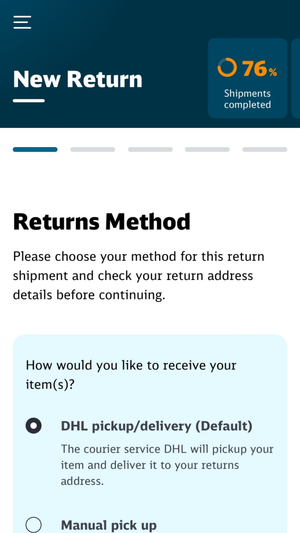Radfix
Fahrradreparaturen, schnell und unkompliziert am Bahnhof
Die Geschichte
Radfix ist eines der innovativen Projekte der Deutschen Bahn, das die Nutzung der Bahnhöfe auf clevere Weise erweitert. Das Konzept richtet sich an Radfahrer:innen, die den Bahnhof als Teil ihres Pendelwegs nutzen. Wenn dein Fahrrad repariert werden muss, kannst du es an einem speziellen Fahrradständer am Bahnhof abstellen und die Reparatur bequem über dein Handy buchen. Am Abend, wenn du von der Arbeit zurückkommst, wartet dein frisch repariertes Fahrrad auf dich.
Auftraggeber
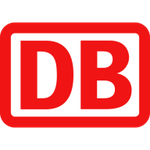
Deutsche Bahn
